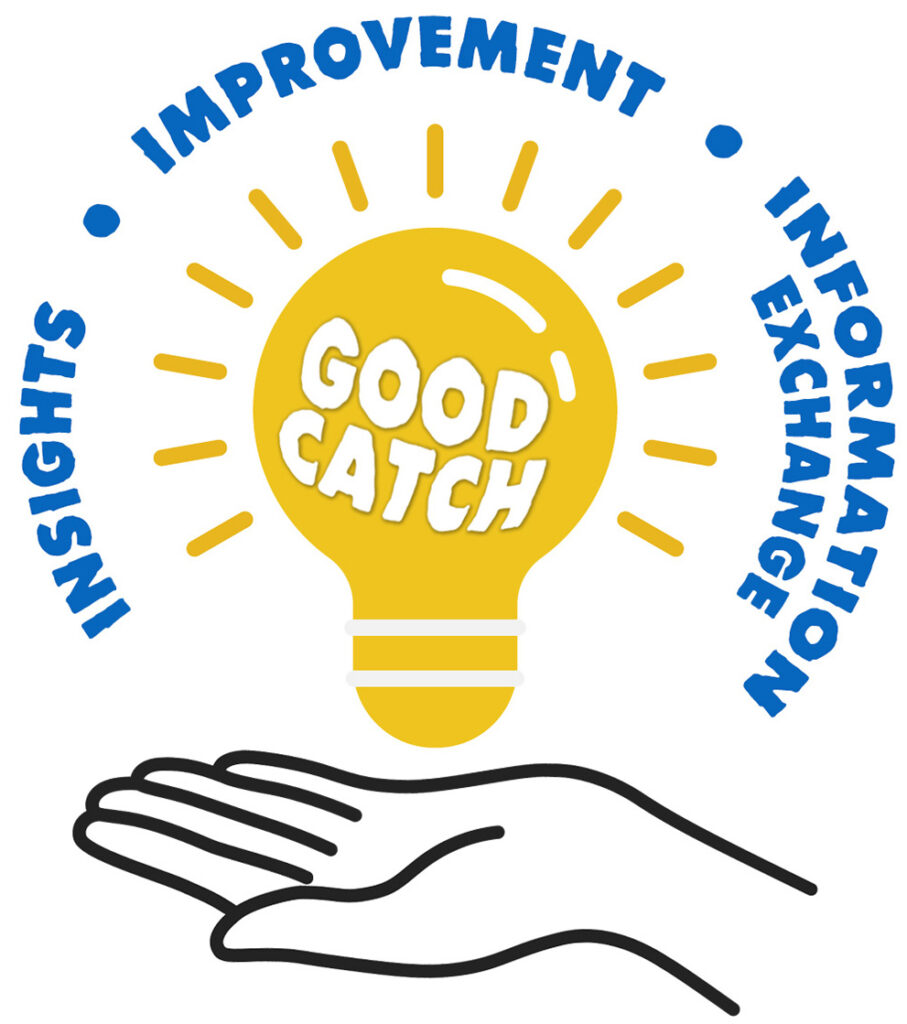All pharmacy professionals in Ontario are required to take part in the Assurance and Improvement in Medication Safety (AIMS) Program. As part of AIMS, pharmacy professionals must anonymously record medication incidents and good catches (near misses) in the AIMS Pharmapod medication event recording platform. Registrants often have questions about why they need to record events that don’t reach the patient – here are a few reasons why it’s important to record good catches and when it’s important to do so.
Good Catches Are Positive Learning Opportunities
What is a good catch?
It’s an event that could have led to inappropriate medication use or patient harm but was intercepted before it reached the patient.
These events were previously referred to as near misses. The shift to good catches is about emphasizing the positive opportunities and valuable insights that arise from such events.
Why is it Important to Record Good Catches?
They provide valuable insight. Good catches can help you identify areas of risk. Analyzing each element of the event can unveil potentially unknown contributors to the error.
They may indicate where systems can be improved. Good catches provide an opportunity for a proactive review of workflow processes and procedures and enable development of changes and/or strategies to reduce risk and prevent future recurrences. This includes not only the decisions taken by pharmacy staff but also the elements that support them in their practice, such as the use of technology, how patient records are organized and presented, how drugs and ingredients are stored, templates for labelling and documentation, the pharmacy layout, and other aspects.
The shared learnings can be used broadly. While good catches should be addressed first at the individual pharmacy level, recording the good catch in the AIMS Pharmapod platform facilitates collaborate learning efforts and enables broader systemic changes grounded in data. The data recorded through AIMS is analyzed to understand trends among pharmacies and helps contribute to the development of key tools and resources to support patient safety.

When Should You Record a Good Catch?
1. Use your professional judgment.
Does it present a learning opportunity to help improve an existing pharmacy process and procedure?
2. If it is a recurring event
Recurring incidents should be recorded as they indicate a gap in processes and procedures and illustrate the need for a preventative process change. Recording supports the sharing of insights from the pharmacy team and enables actions to be put into place and their progress tracked.
3. If there are implications for patient safety
Consider the impact on patient safety if it would have reached the patient. For example, does the event relate to vulnerable patient populations or high-risk medications? What could the impact be on your patients if you take no action and the event occurs again?
For examples on when to record a good catch (near miss), review the scenarios in the Pharmacy Connection article AIMS Program: Exercise Professional Judgement When Deciding to Record a Near Miss.













